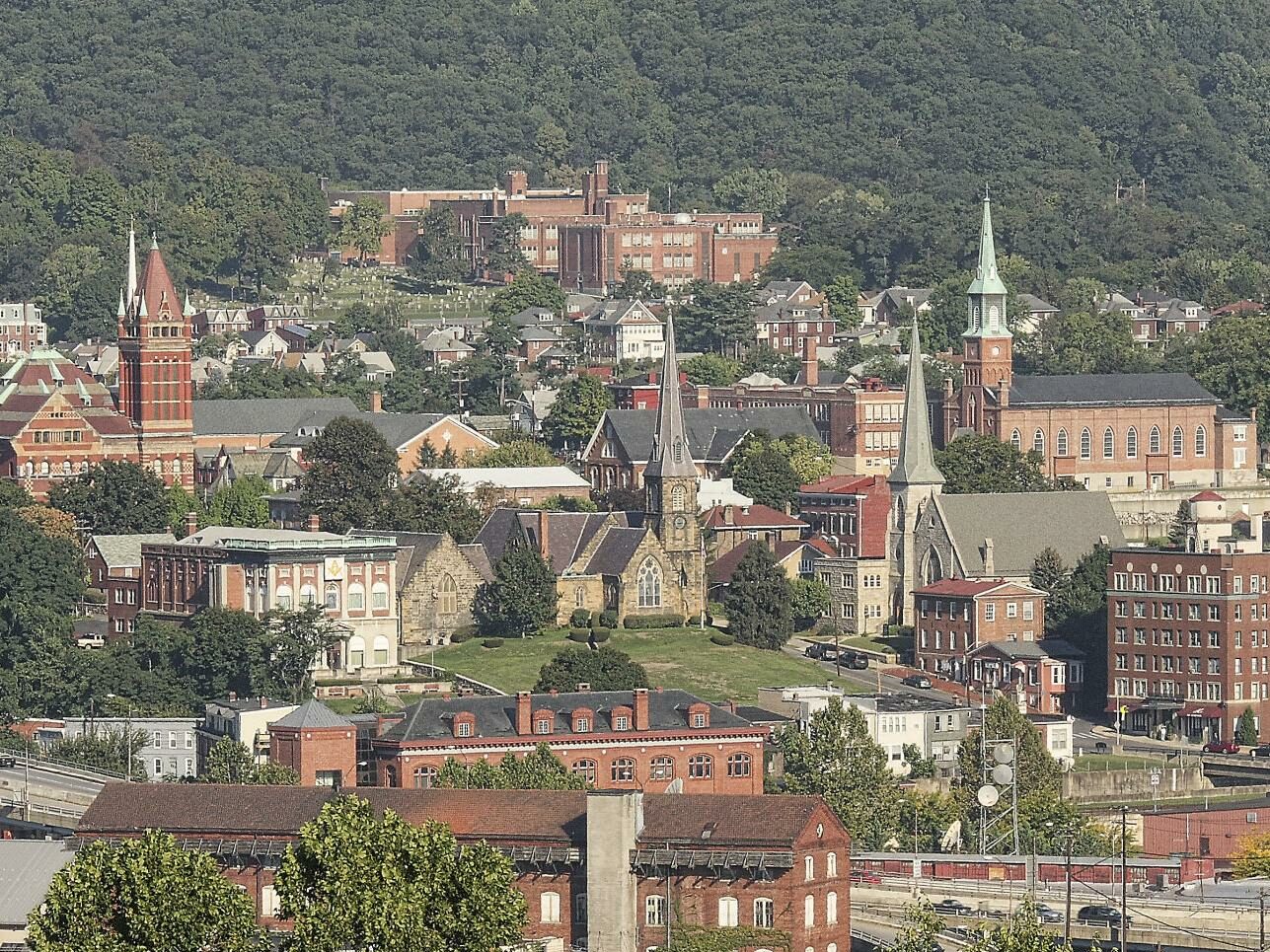Dan Rodricks: In Cumberland, a shrine to progressivism that should inspire Democrats
During a recent visit to Cumberland, the seat of Allegany County in Western Maryland, I wandered up to the Washington Street Historic District to see the towering county courthouse, a stunning Episcopal church and a parish house designed by Bruce Price, a native of Cumberland and one of the most accomplished architects of the Gilded Age. Down the hill and around the corner, I came upon the Cumberland Masonic Temple and a stone building known as “the Lewis house.”


